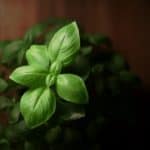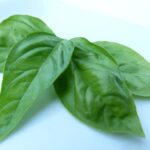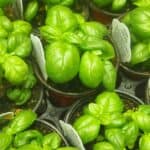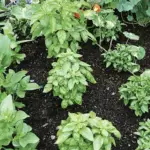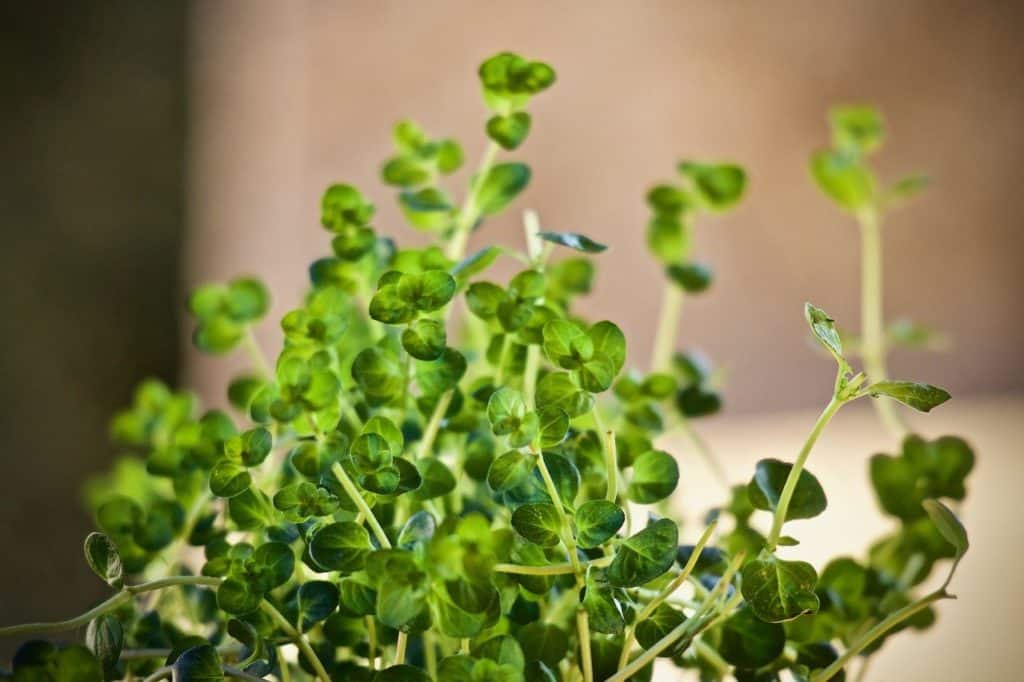
What Month Do You Plant Thyme
Welcome to this post about what month you plant thyme. The short answer is that you can really do it whenever you feel like. Since it’s a herb that can grow both indoors and outdoors all year round, you can choose precisely when you want to sow the first seed. But if you want to know a bit more in detail about when the best month might be if you want to maximize the potential of the herb then continue reading the article down below.
.
If you want to find even more information about the best time during the year to plant thyme then we actually put together an article covering this, find it here, When To Plant Thyme In.
What Month Do You Plant Thyme
Like we said in the beginning of this article, the best time can really be at any time. Because it’s a herb that will live on for many many years, even up to a decade. It can also grow both indoors and outdoors. So the short answer is that if you want to grow indoors then you can plant it at any time of the year. But doing it when the sun is shining more during the day can be better. This is because it can be a real benefit in the early months of the plant’s life to have a plentiful supply of sunlight. It will boost up the growth and establish it even faster.
.

Once you have sown the first seed or seeds then you can put the pot in a window where the sun is shining through during the day a lot. Water it every now and again, but other than that, it can manage fine on its own. I said that I would do it when the sun is shining more during the day, for me that would be in about April or so. At this time I know that the thyme plant can get about 8 – 10 hours of sunlight every single day. That will really be a benefit for it.
.
Is It To Late To Plant Thyme
It’s never too late to grow thyme. This hardy plant can almost always grow inside if it’s too cold outside. If you want to go the other route of growing outside, then the best time can also be in April. This is because you want to ideally grow some small seedlings indoors before repotting them outside to freeland or any other post really in your garden. This will give them a head start to the season. In April is also when the sun is out enough to get the perfect amount of sunlight in the beginning.
.
Then simply re-pot the seedlings once frost is no longer an issue. That could be in and around May or you can even wait until June when the ground has really warmed up. The choice is yours, and no choice is really wrong. It’s just that depending on what time of the year you choose, the thyme plant can shift in the speed of which it grows.

So to reiterate this question again on what month do you plant thyme. It can be any time of the year if you are growing inside. If you want to plant it outside though, then do it in April indoors and then re pot it to freeland once the ground has warmed up, in June should be fine.
.
Are you wondering about when thyme grows the best during the year, when the best time for harvest might be. Then you can read one of our articles discussing that, find it here, Does Thyme Grow All Year Round.


